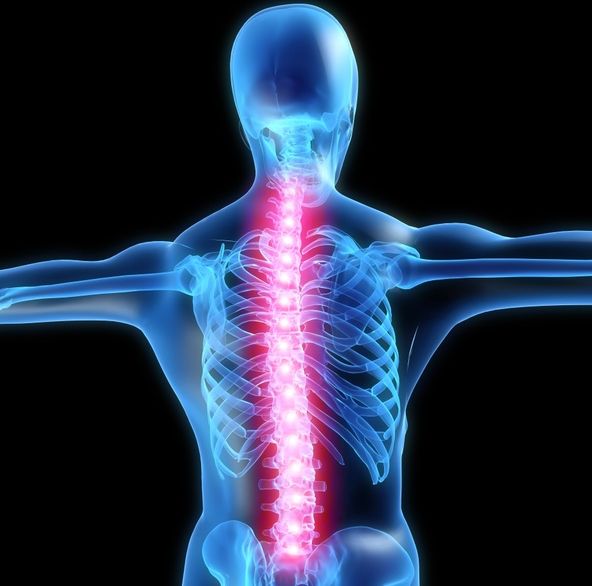Placebo Effect’s Neural Activity Photographed for First Time
Researchers used fMRI scans to spot the placebo effect at work in specific spinal cord cells

Medicine has increasingly looked to the placebo effect’s seemingly mysterious power to make people feel better in the absence of painkillers or pharmaceutical drugs. Now researchers have used fMRI scanners to pinpoint specific cells in the spinal cord that they believe are responsible for this ability to deaden pain.
A part of the spinal cord near the lower neck, called the dorsal horn, normally lights up with pain response. But no pain-related neural activity showed when researchers applied a so-called painkiller cream, which in fact was a placebo containing no active medication.
An independent neuroscientist hailed the study as the most direct test of the placebo effect’s pain-relieving properties to date. It also represents a first for researchers using fMRI to capture the placebo effect’s neural activity in the spinal cord.
The research team applied painful heat to one arm of 13 volunteers, and then applied what they said was a painkiller cream and a control cream — except that neither cream had active ingredients.
They also primed a response by turning down the painful heat for the painkiller cream in a first test run, and so tricked volunteers into thinking that the cream would work the next time. But actual tests with an MRI scanner on involved the same level of heat for both creams. Volunteers nonetheless reported less pain with the painkiller cream.
The researchers from the University Medical Center Hamburg-Eppendorf in Germany told New Scientist that they could now better develop treatments to take advantage of the placebo effect’s painkiller effect.
[via New Scientist]